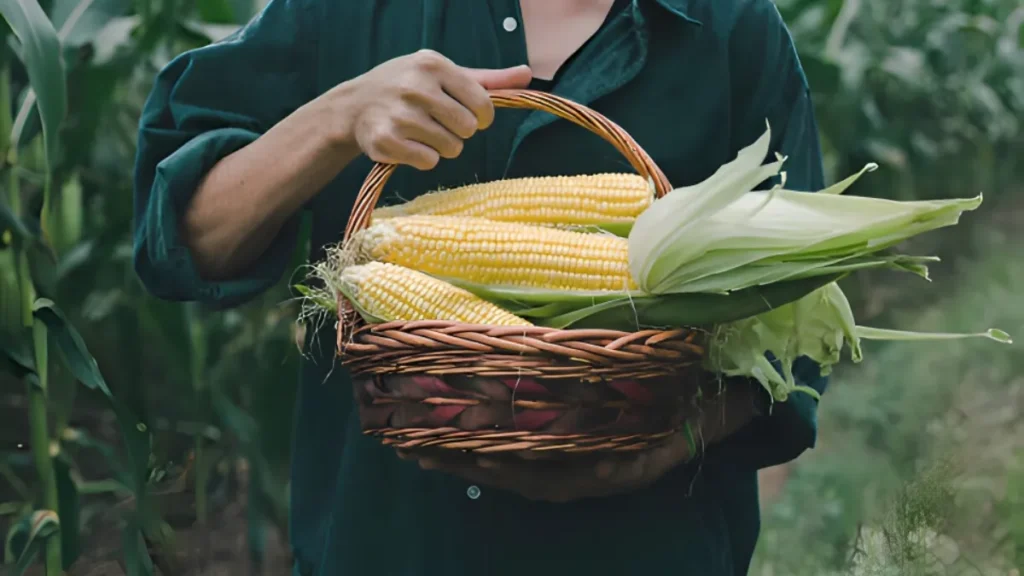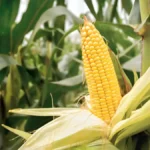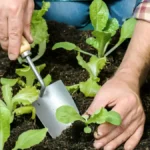One of the most extensively farmed crops in the world, corn is valued for its adaptability, nutritional content, and place in the world’s food systems. Homegrown produce usually tastes the finest, especially if you know when and how to harvest corn at its prime. One of the most common vegetables planted in backyard gardens is sweet corn. A good corn harvest depends on planning, ability, and using the right tools. This article will walk you through the most important components of harvesting corn, allowing you to get the most yield and quality out of your crop.
Understanding corn maturity: How to know when to harvest corn
The initial step in corn harvesting is determining if the corn is mature enough to be harvested, as late or early harvesting can result in starchy or flavorless kernels.
1. The appropriate stage of kernels: Denting and black layer development
- Denting: In most corn varieties, kernels will begin to form a dent at the crown when they achieve physiological maturity. When the moisture level falls to between 30 and 35 percent, the kernel shrinks somewhat, and this “dent” forms.
- Black Layer Formation: This happens when the moisture content is between 25 and 35 percent and the kernel has reached its maximum dry weight. The development of a black coating at the base of the kernel is an important indicator of full maturity and readiness for maize to be harvested.
2. Moisture content monitoring
Grain corn should be harvested with a moisture content between 20-25%, as extremely dry kernels may be difficult to prepare and higher moisture content may increase spoilage during storage. A moisture meter can be used to determine the precise moisture content, and regular checks should be conducted before harvest to prevent over-drying or under-wetness, affecting quality and production.
3. The look of the husk and ear
- The corn is almost ready for harvest as the husks start to dry up and become brown. The husks should no longer be vivid green, but they also shouldn’t be excessively dry.
- The kernels should be completely developed and closely packed, and the ears should feel firm to the touch.
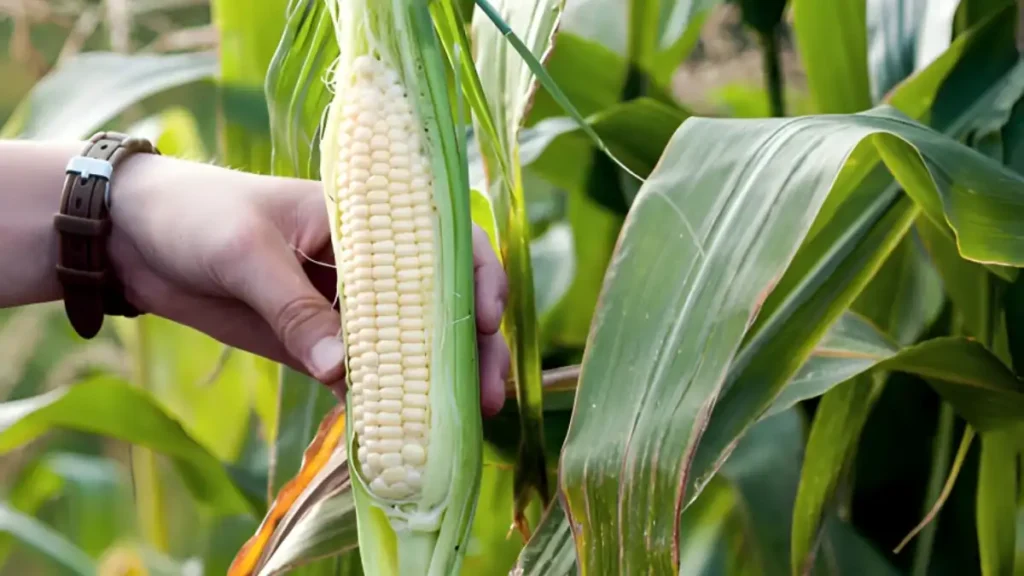
How to harvest corn: Step-by-step procedure
Proper corn harvesting ensures optimal yield and quality, despite being labor-intensive. The best methods are outlined below.
1. Suitable tools and equipment
Selecting the right tools and equipment is crucial for successful harvesting. Hand harvesting requires a sharp knife or specialized instrument, while larger-scale operations use a combined harvester. Proper calibration and maintenance of equipment reduce crop damage and ensure kernels remain whole.
2. Cutting stalks
In small-scale corn harvesting, cut the stalks above the ground with a sharp knife or sickle, ensuring clean cuts and avoiding damaging the stalk to prevent nutrient storage before final maturation.
3. Picking the ears
Gently pluck corn ears after cutting stalks, twisting and drawing them down. Remove mature ears easily, but handle with care to avoid breaking kernels or harming the ear.
4. Using a combine for mechanical harvest
Adjust the harvester settings to your corn’s moisture content, ensure the combine’s height is suitable for maize type, and run it at the recommended speed to prevent kernel loss. Ensure moisture levels are checked and adjusted accordingly for efficient harvesting.
How to store corn after it’s harvested
Freshly picked corn, like all veggies from the farm, has its greatest flavor. When the corn is at its sweetest, a week is the ideal time to consume it after harvest. Because the sugars have more time to turn into starches, the longer your corn rests, the more it will taste like store-bought corn. No matter the type of sweet corn, ears taste the finest straight from the plant because most of it loses 50% of its sugar content in 12 hours. Store shucked cobs in a gallon plastic bag in the refrigerator and cook within two days if you are not going to use the corn right away. Freezing corn in a plastic bag with paper towels can prevent moisture buildup, making it a tasty treat during winter months and a daydreaming summer treat.
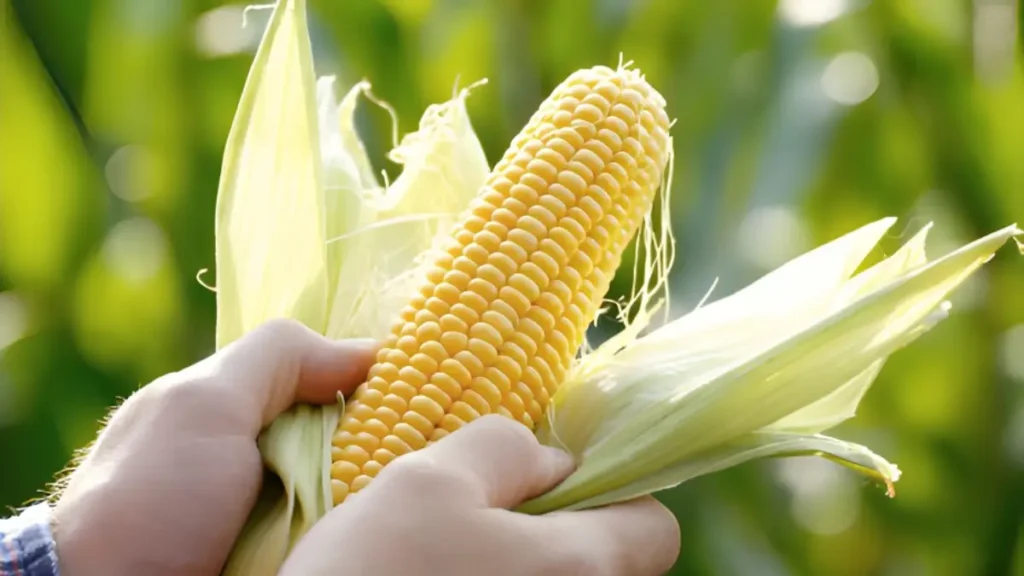
Conclusion:
Whether planting popcorn, sweet corn, or field corn, knowing when and how to harvest corn is essential to getting high-quality crops. You can guarantee a successful corn crop by keeping an eye on growth phases, moisture content, and adhering to recommended harvesting and post-harvest procedures. These pointers will direct you toward a plentiful and superior crop, whether it is for fresh eating, feed for cattle, or storage.
Certainly! If you’d like to learn more, please consider following our WhatsApp Channel: Harvest Gardening
A frequently asked questions:
Q1: In which month is corn harvested?
A1: Depending on the region and temperature, corn is normally harvested in late summer or early fall, usually between September and November. The corn variety and growing circumstances affect the timing.
Q2: What is the difference between corn and maize?
A2: Maize and corn are globally and scientifically synonymous, with maize used globally and corn more commonly in North America, referring to the same grain crop, Zea mays.
Q3: How to harvest corn seeds?
A3: Corn seeds are harvested by drying corn ears until husks turn brown and kernels firm, then shelling them off the cob, allowing them to dry completely before storage.

